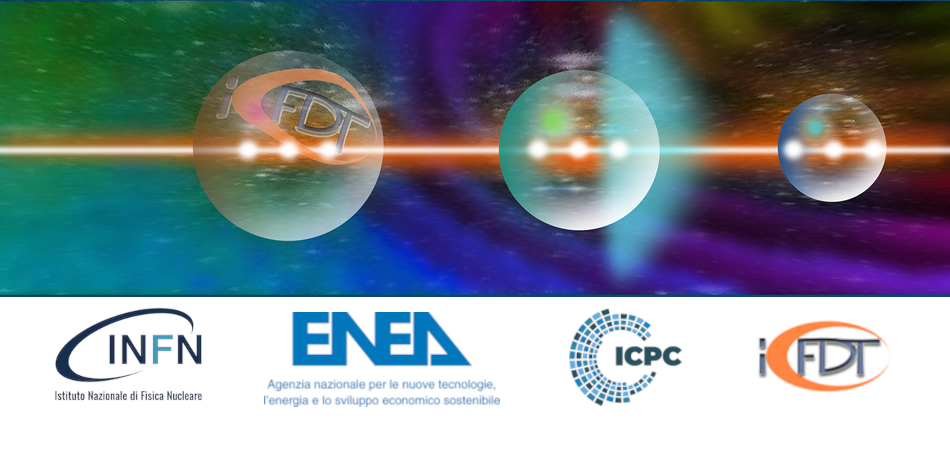Speaker
Description
In the frame of the research of new, non-invasive, and reliable diagnostic methods for the detection of tumor pathology, a systematic feasibility study was performed at Linköping University, Sweden, based on an electronic nose (e-nose) approach, which provided a very high percentage of agreement with the clinical diagnosis. The device consists of 32 metal-oxide chemical sensors configured in four banks including eight sensors each, operating at different temperatures. Data were collected at a sampling rate of 10 Hz for 600 s by measuring volatile organic compounds emitted from blood plasma samples of 1 ml volume. Using a 5-fold cross validation, we demonstrated that our e-nose detected ovarian cancer with a sensitivity of approximately 98%, specificity of 85%, and overall accuracy of 95% [1]. The study was conducted on 87 ovarian cancer samples from patients with diagnoses ranging from borderline to stage IV together with 26 healthy samples used as negative control group. We are now in the process of conducting a larger study, including other types of cancer and analytical techniques [2]. To achieve this goal, a parallel study based on laser sensors is starting at the ENEA Research Centre in Frascati, Italy, the experimental program emerging in collaboration with Linkoping University, VOC Diagnostics AB, University of South Florida, and University of Texas at Dallas [3]. The central step of the proposed diagnostic procedure is a machine learning/artificial intelligence-based processing of sensor data. The ultimate goal of the cooperation will be to realize a hybrid sensor platform for early cancer detection, which will allow the translation of basic research findings into clinically useful diagnostic tools. Here, we present the preliminary results of our study.
References
1. J. Eriksson, D. Puglisi, C. Borgfeldt, Electronic Nose for Early Diagnosis of Ovarian Cancer, Proceedings 2024, 97(1), 145.
2. H. Ibrahim, Deras forskning kan rädda liv – en näsa som upptäcker cancer, translation: Their research can save lives – a nose that detects cancer, SVT Nyheter, June 24, 2024.
3. National Science Foundation (NSF) Convergence Accelerator Program, Track L: Real-World Chemical Sensing Applications, co-founded by the Swedish Research Council, Vetenskaprådet (VR), grant No. 2023-07219, and Sweden’s Innovation Agency, VINNOVA, grant No. 2023-04186.

